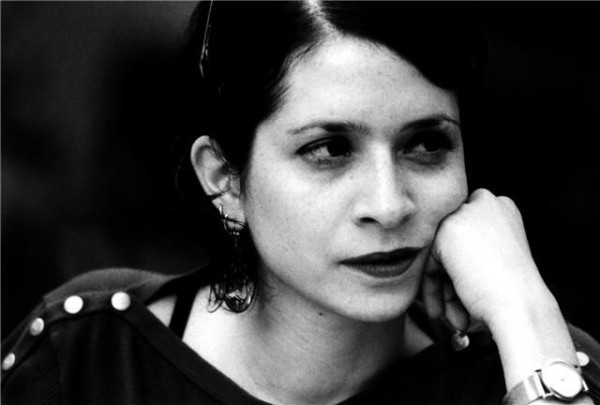Quitting the real

Bookslut interview Chloe Aridjis.
Certainly an inspiration for the first novel was a book of Joseph Roth’s brilliant essays on Berlin, written in the 1920s and the deepening shadows of the early ’30s; although he was writing about what he observed around him, they of course reveal a great deal of the author himself. The same could be said of Robert Walser’s and Walter Benjamin’s Berlin. The more infused a city’s portrait is with the author’s own spirit, the better. There are plenty of sources one can turn to for straight reportage. There’s of course a whole modernist tradition exploring the relationship between self and city. In both my novels I was interested in doing this, and even the narratives I tried to structure in such a way as to echo some sense of meandering. The National Gallery is of course a very rarified sort of microcosm in contrast to the more urban Berlin, but there too I try to somehow have the narrator’s mental processes mirror spatial layout. When you’re writing about a city you’re both there and not there; you inhabit it fully yet at the same time maintain the necessary degree of detachment for observation and contemplation. It’s more of an ongoing dialogue with oneself than with others.
As for the pavement artist at the end, with his copy of da Vinci’s Last Supper which he displays daily outside of the steps of the National Gallery, I was thinking about this kind of freedom versus the captivity of the institution and all the paintings that will remain forever within this quite rigid classification of the museum. At the end of the day he can roll up his scroll and walk away. I was interested in the freedom of the more mobile image, issues of captivity prefigured by the visit to the Jardin des Plantes and the animals there, admired behind glass. As John Berger has written, like paintings they rarely seem to return one’s gaze. Cities can offer freedom but they can also very quickly become prisons of structure and routine.
